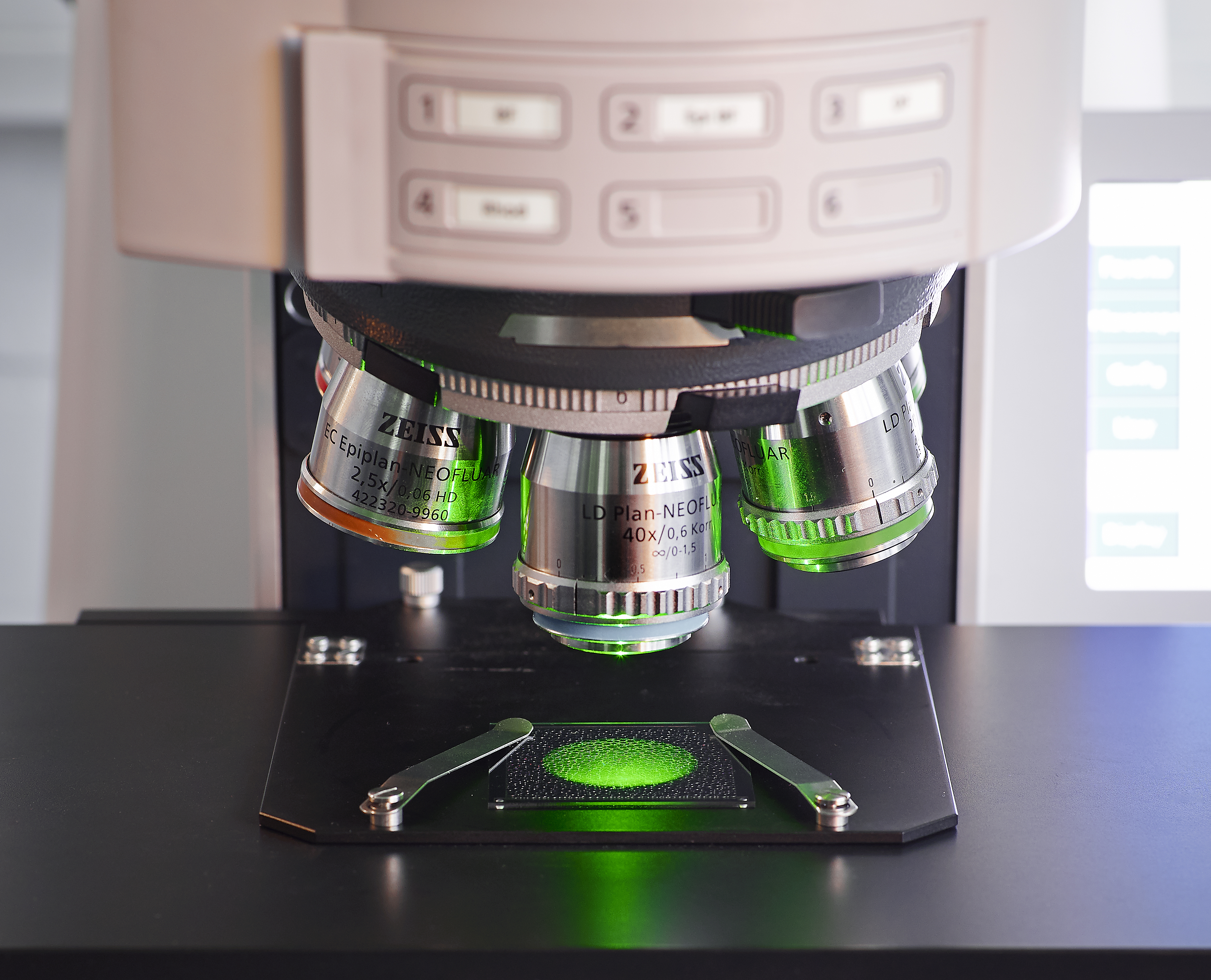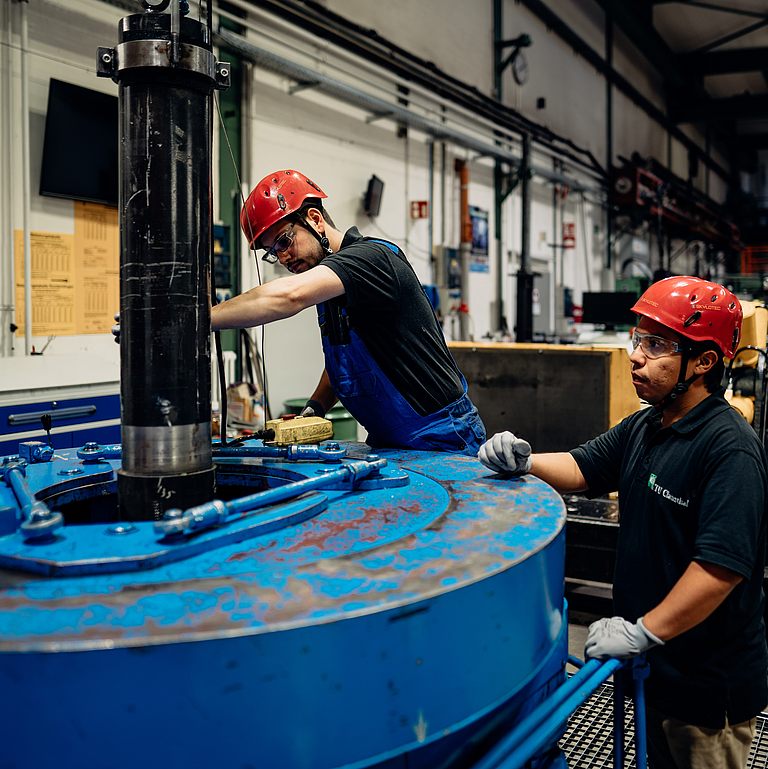Colloidal stability
(Text nur in Englisch verfügbar)
Introduction
During processing of fluid multiphase systems, dispersions of drops or bubbles occur in surrounding (continuous) phases. The size and stability of these fluid particles is relevant e.g. for the flow regime and the pressure drop in pipelines as well as the separation efficiency in a separator located downstream of the well head. While during the process and transport small particles have advantages regarding homogeneity of the system, phase separation requires particle growth through coalescence. Coalescence is a complex occurence comprising micro fluid dynamical and interfacial phenomena. Correctly understanding the governing mechanisms is the key to describing multiphase flow. Commercially available software like Ansys or Open Foam are not capable to correctly describe coalescence inhibiting effects like the reduced mobility of interfaces due to surface active molecules.
Scope
Based on the above introduction, the proposed thesis includes the following tasks:
- General description of the relevance of coalescence in liquid-liquid separation.
- Principle governing mechanisms in coalescence, especially in presence of surface active molecules.
- Literature search on the actual state of the art regarding mathematical modelling of coalescence in multiphase flow.
- Description of the knowledge gap and suggestion how to tackle this gap.



